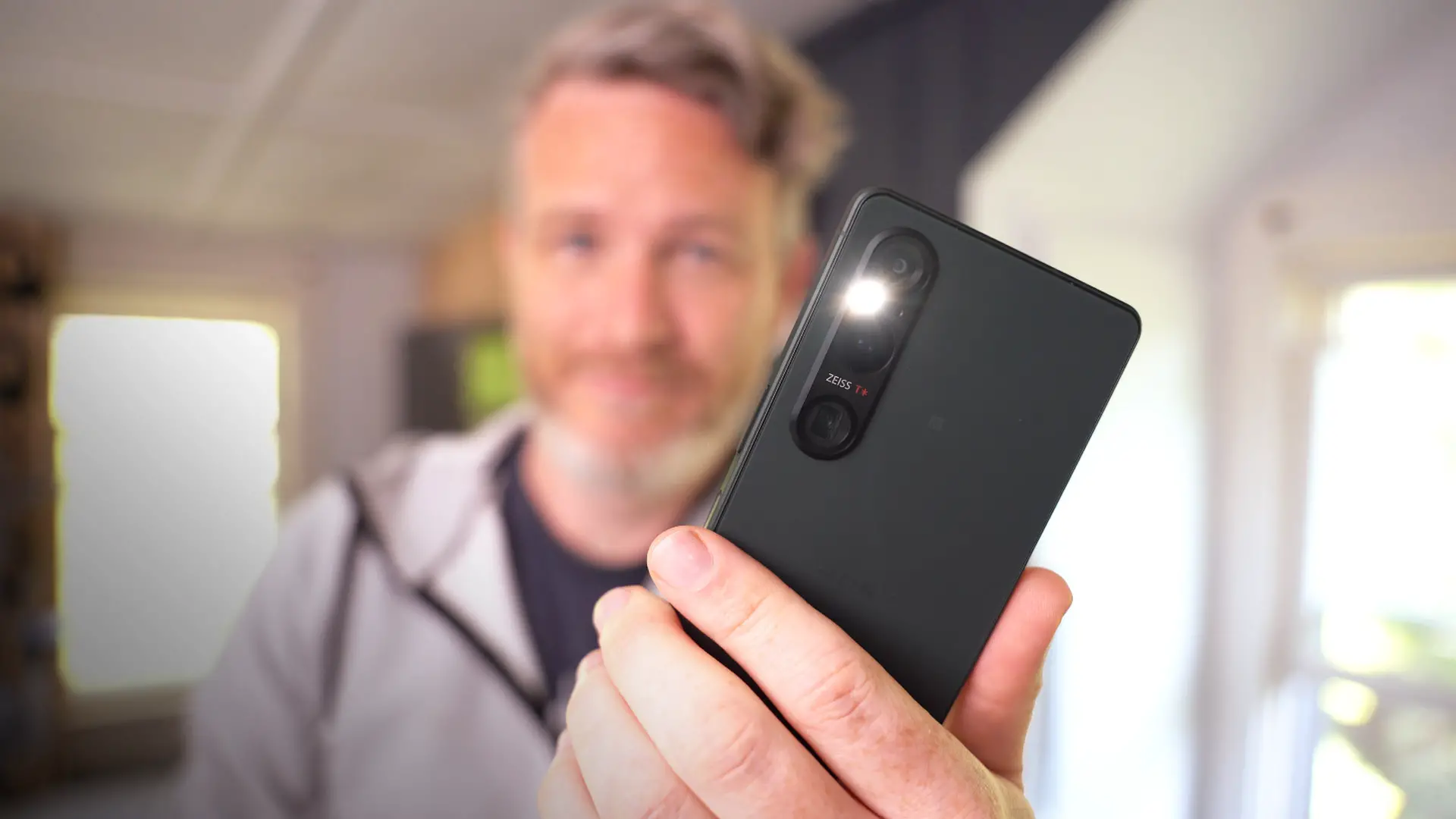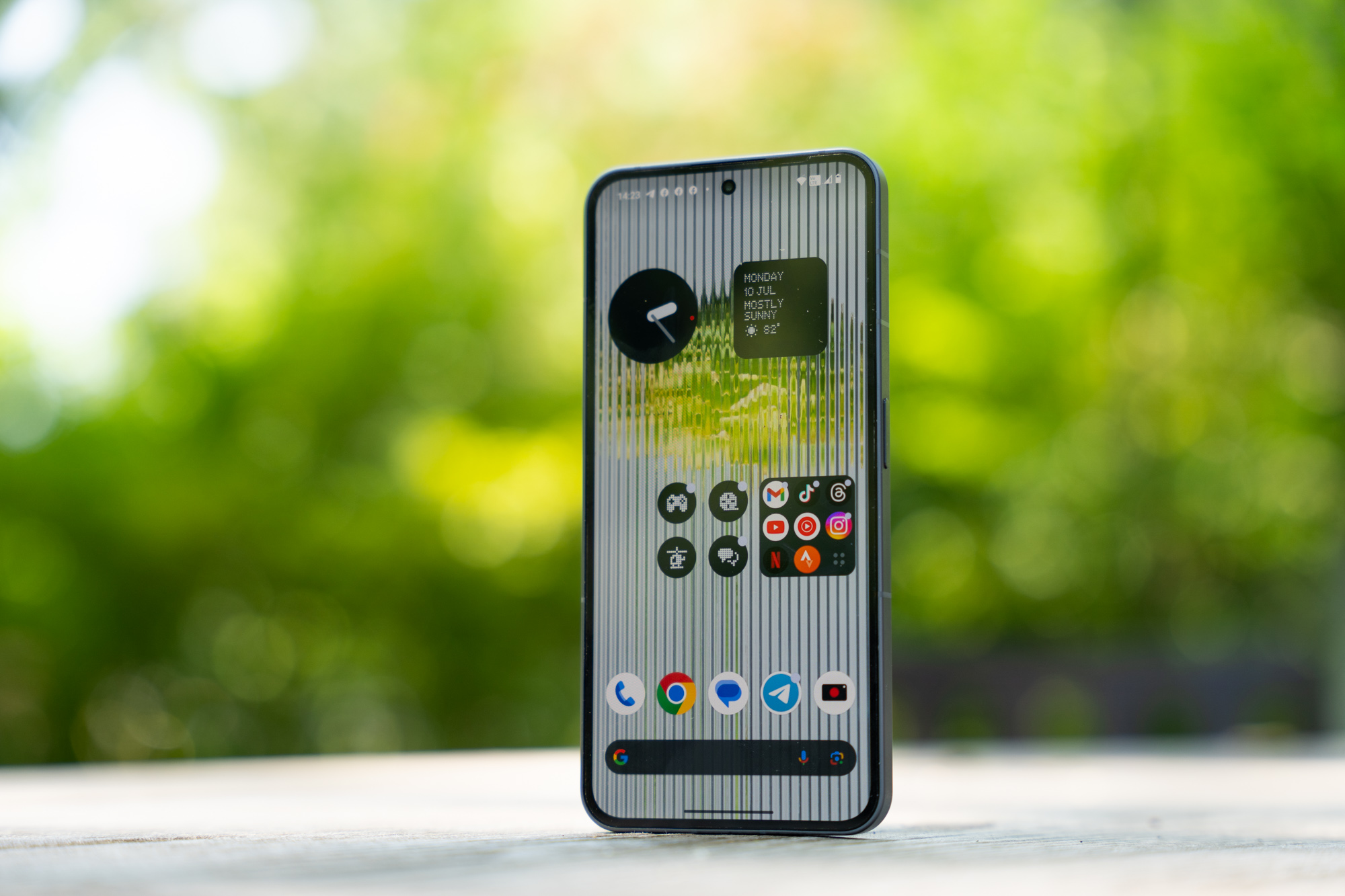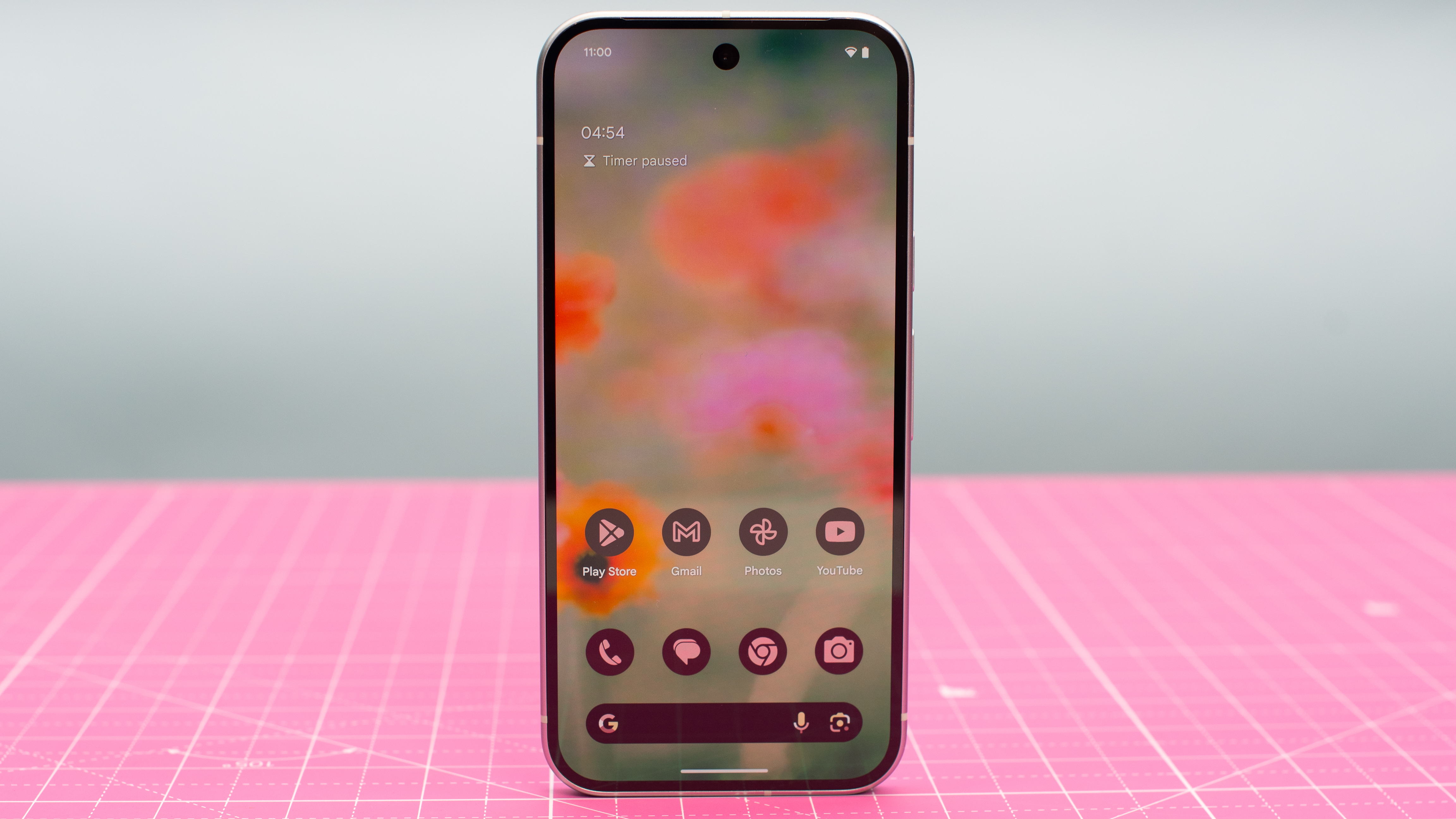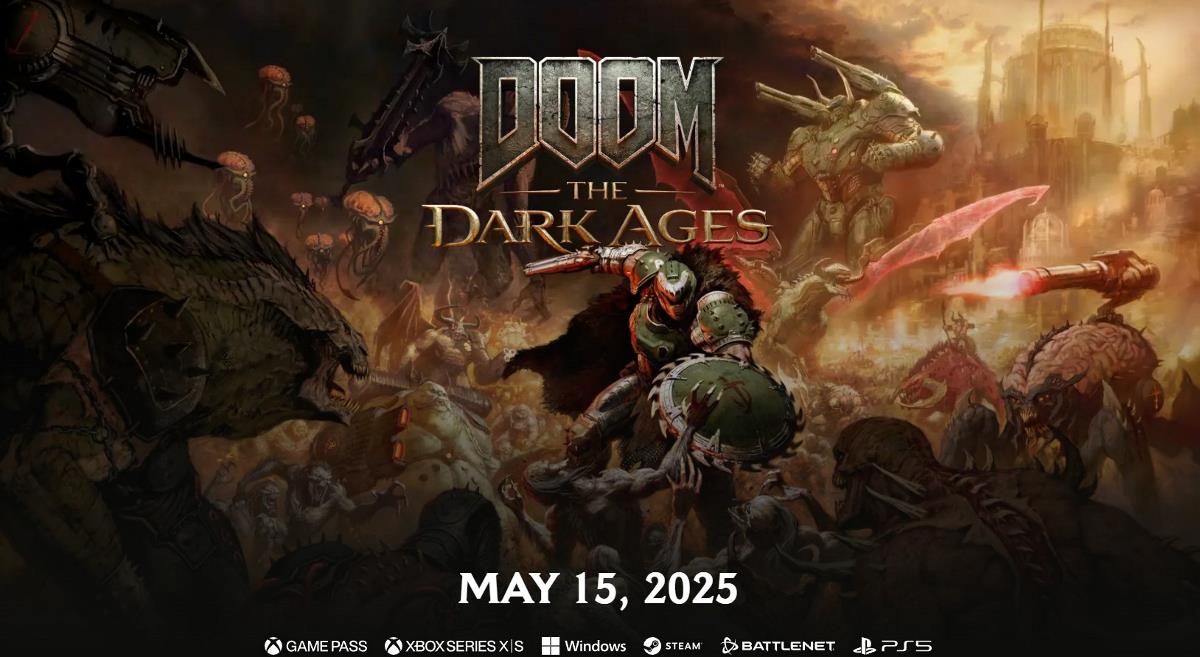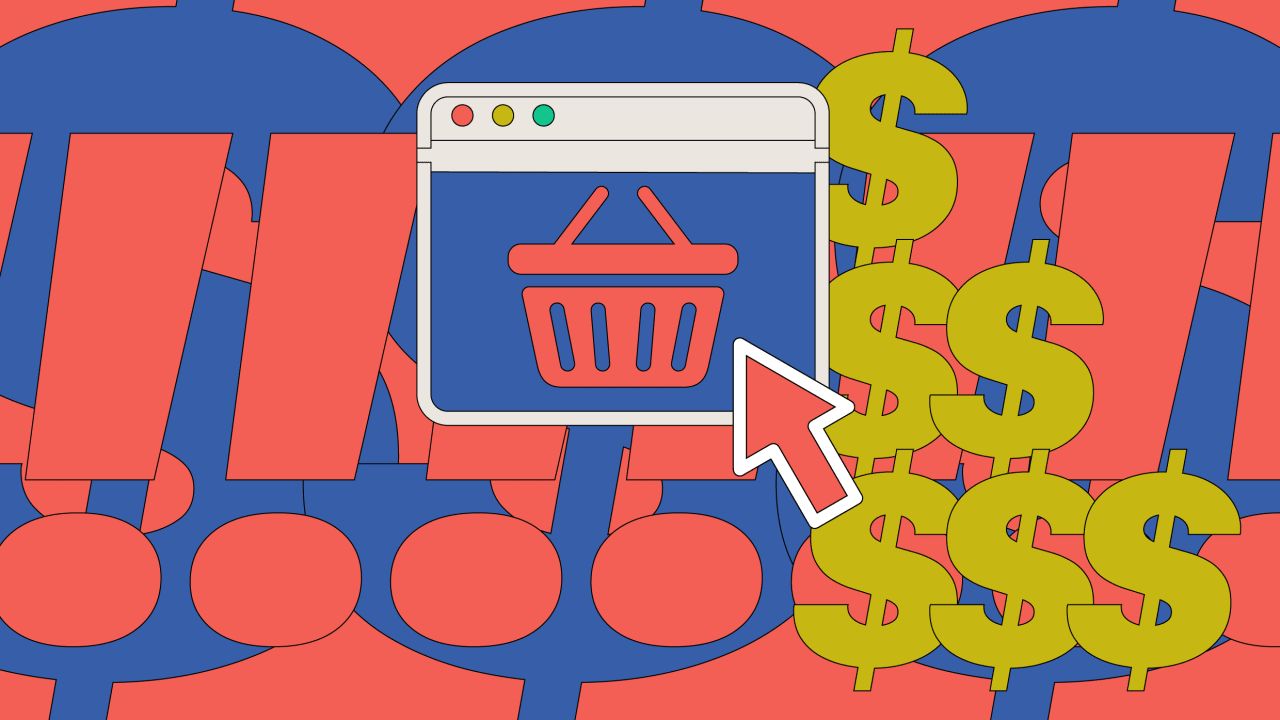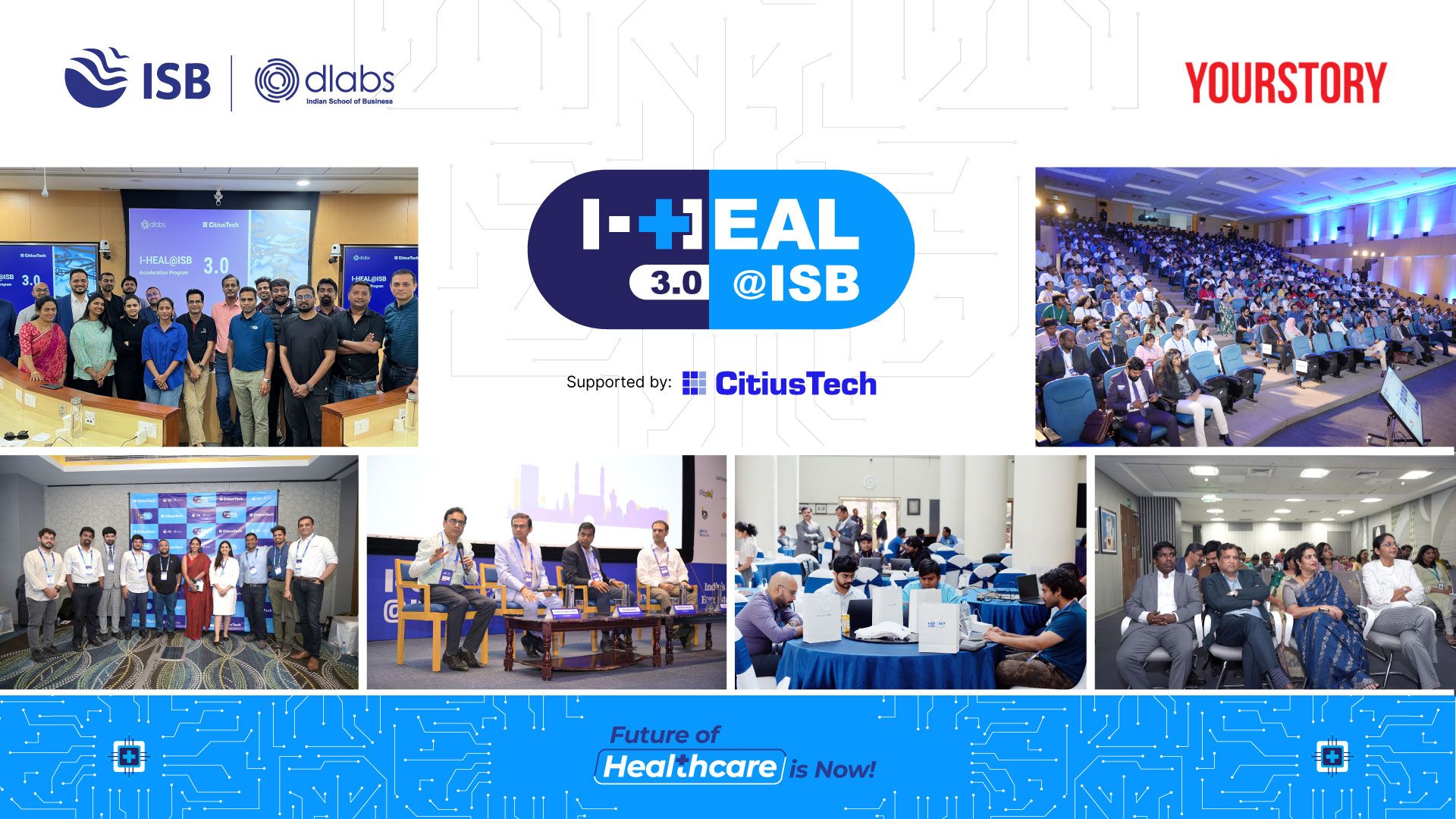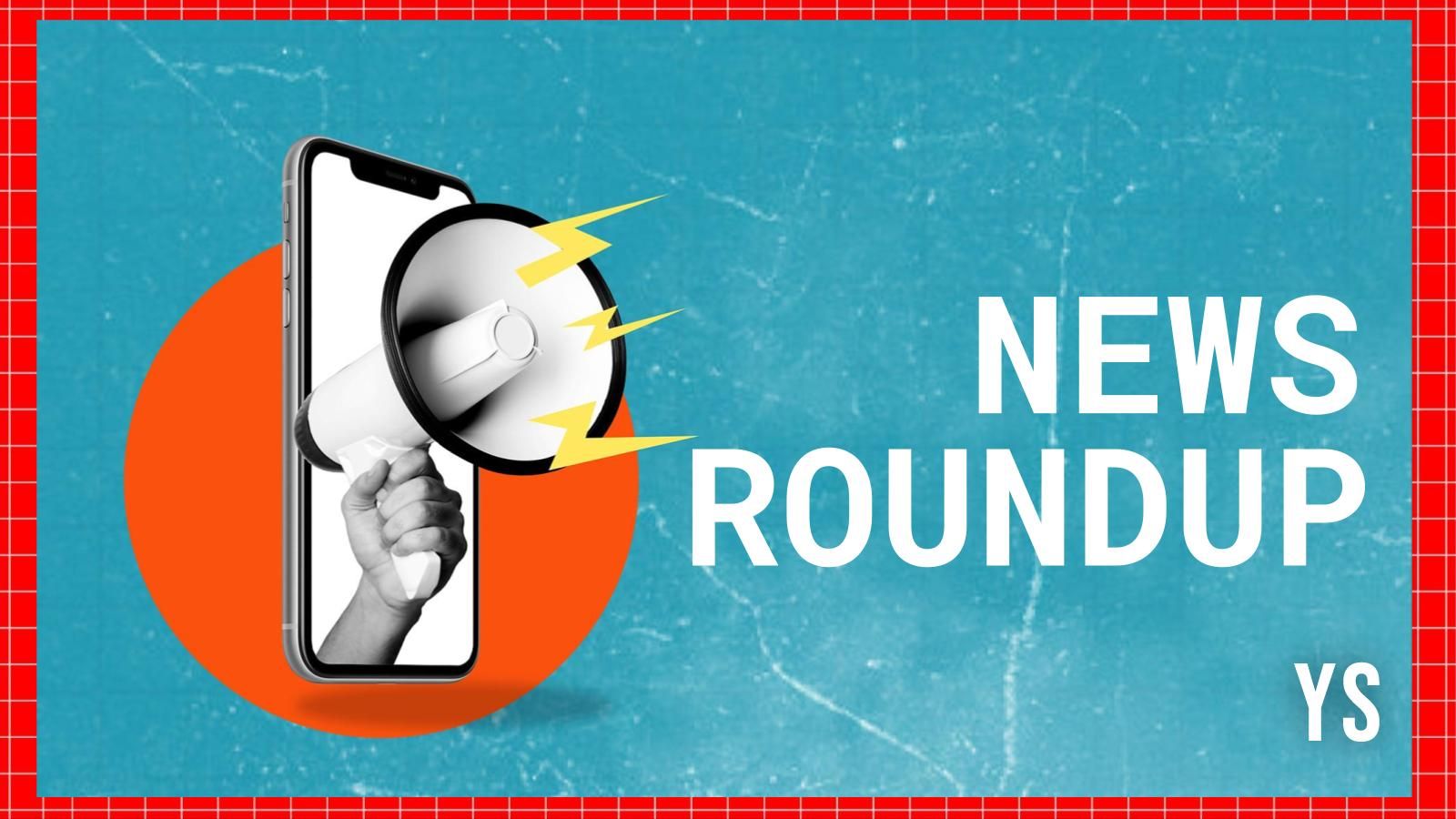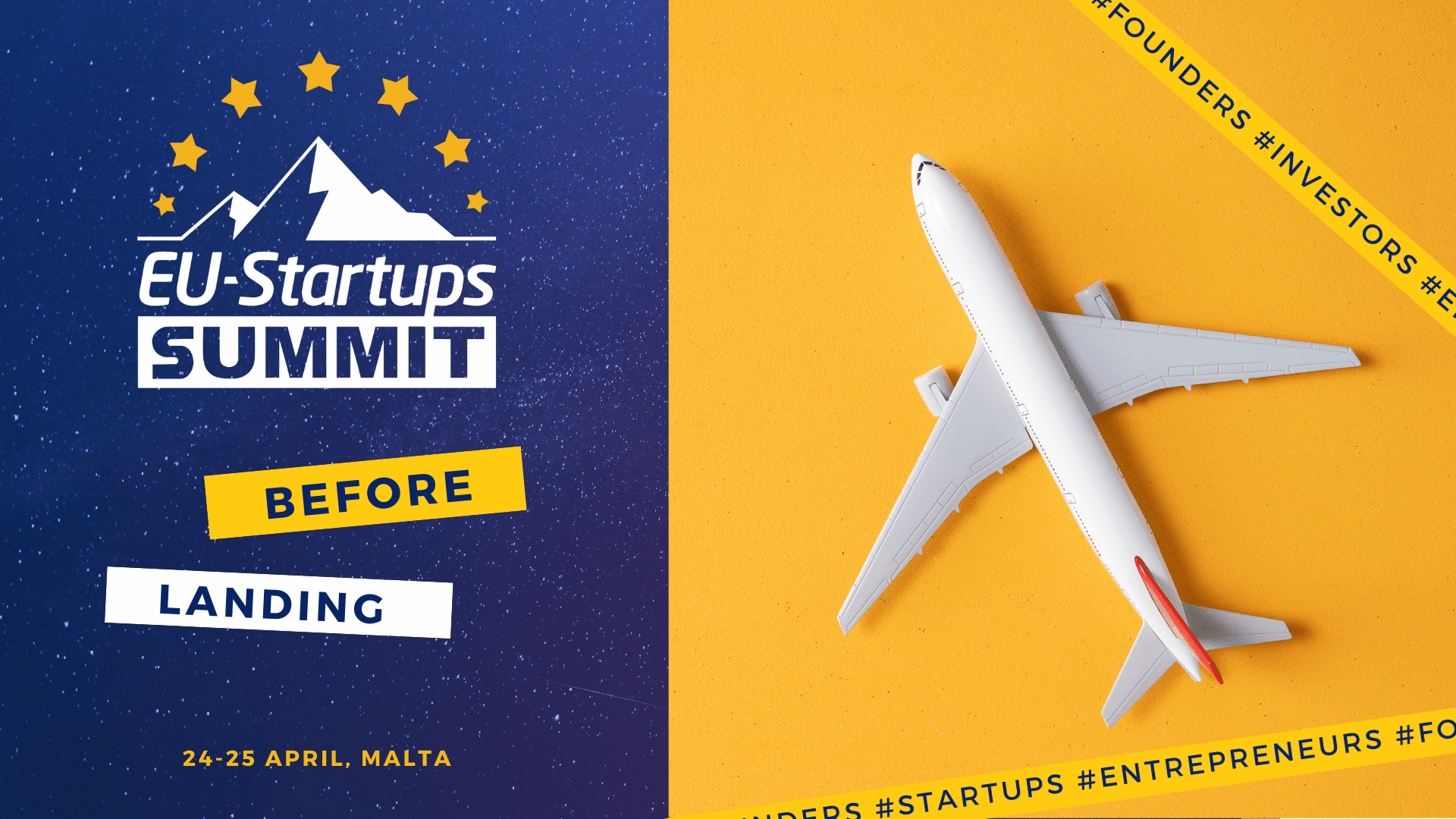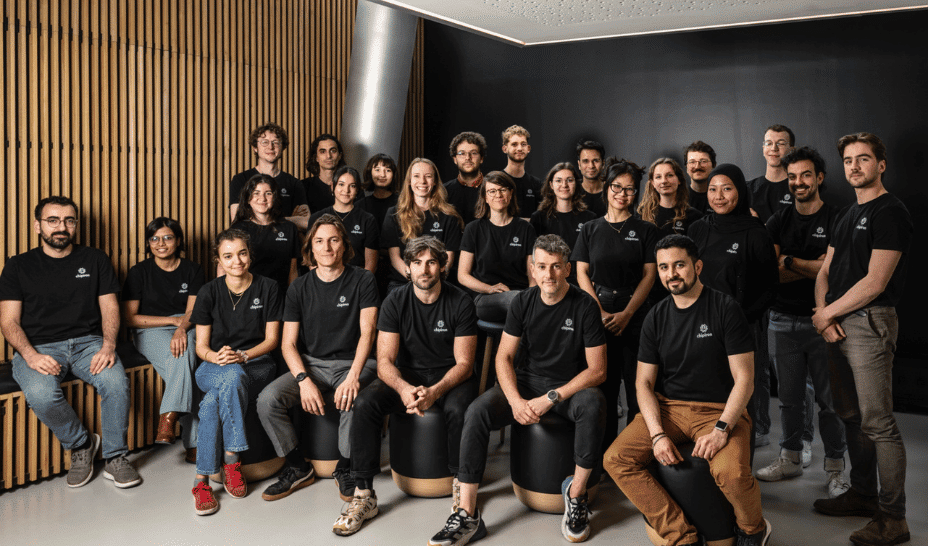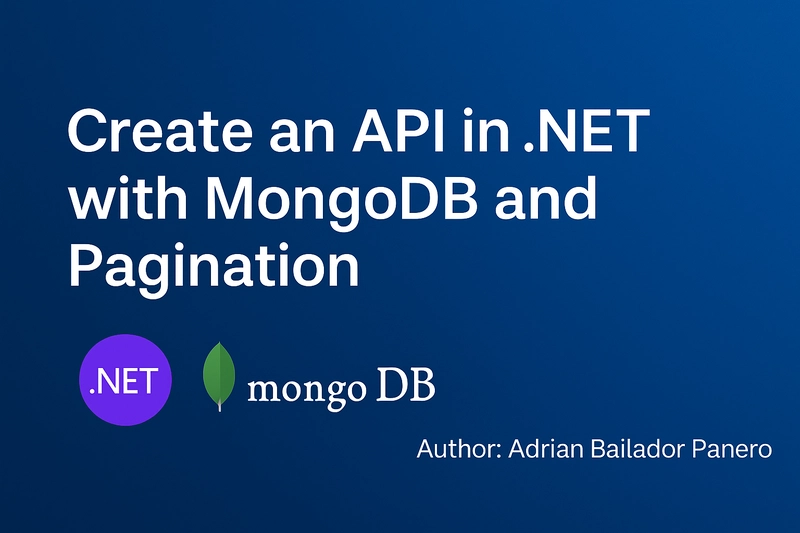Custom Branding in Event Registration Platforms: Creating a Seamless First Impression
First impressions matter—especially when hosting an event. The moment someone lands on your registration page, they're already forming an opinion about your brand. Is it polished? Professional? Trustworthy? This is where custom branding in event registration platforms becomes more than just a nice-to-have—it becomes essential. Custom branding not only enhances the visual appeal of your registration process but also strengthens brand recognition, builds trust with attendees, and creates a cohesive experience from start to finish. In this article, we’ll explore the importance of custom branding in event registration platforms and how to leverage it effectively to make a lasting impression from the very first click. 1. Why Custom Branding Matters Every detail in your event registration process communicates something about your organization. A generic, unbranded registration page feels disconnected from your event and brand. On the other hand, a well-branded experience signals professionalism, attention to detail, and a commitment to quality. Benefits of custom branding in event registration: Brand Consistency: Keep your logo, colors, and typography aligned with your broader marketing materials. Trust and Credibility: A professional look reduces drop-off rates and makes attendees more comfortable sharing personal information. Recognition: Custom branding reinforces your identity and helps attendees remember your organization or event series. 2. Elements of Effective Custom Branding To deliver a seamless branded experience, consider incorporating these core elements into your registration platform: a. Logo and Visual Identity Your logo should appear prominently at the top of the registration page, on confirmation emails, and on attendee badges (if applicable). This reinforces brand recognition and adds professionalism to every interaction. b. Color Scheme Using your brand’s color palette ensures visual continuity. Most registration platforms allow you to customize background colors, button hues, form fields, and text colors to match your branding guidelines. c. Typography Consistent font choices throughout your registration page help maintain your brand's voice. Whether your brand tone is modern and minimal or bold and playful, typography plays a big role in communicating that. d. Branded URLs A registration URL that includes your organization’s name or domain boosts trust and aligns with marketing materials. Some platforms allow you to use a custom domain or subdomain (e.g., register.yourevent.com). e. Branded Confirmation Pages and Emails After an attendee registers, they should land on a thank-you page that reflects your brand—not a generic message from the platform. The same goes for confirmation emails, which should include your logo, colors, and a consistent tone of voice. 3. Aligning Branding with the Attendee Journey Branding doesn’t stop at the registration page. A well-branded experience flows through the entire attendee journey: Pre-Event: Promotional emails, social media links, and landing pages should reflect the same visual identity as your registration form. During Registration: Maintain consistency with logos, design, and tone of voice. Post-Registration: Branded confirmations, calendar invites, and follow-up communications should all reinforce the event’s identity. This end-to-end consistency improves the attendee experience and increases engagement by making your event feel like a well-curated, cohesive experience. 4. Choosing a Platform That Supports Custom Branding Not all event registration platforms offer the same level of branding flexibility. When evaluating options, look for platforms that allow you to: Upload your own logo and background images Customize button styles, fonts, and colors Create custom confirmation emails and landing pages Use custom domains or subdomains Remove third-party branding (like the software provider’s logo) Some platforms offer advanced branding features only on premium plans, so it’s worth considering your budget and needs when selecting a provider. 5. Going Beyond Visual Branding Visual elements are just one piece of the puzzle. True branding also includes tone, messaging, and experience design. Consider these strategies: Language and Tone: Use messaging that reflects your brand’s personality throughout the registration process. Personalization: Use dynamic fields to personalize messages with the attendee’s name or company. Content Integration: Embed welcome videos, sponsor logos, or speaker highlights directly into the registration flow to enrich the branded experience. 6. Common Mistakes to Avoid While custom branding can elevate your event, poor implementation can have the opposite effect. Avoid these common mistakes: Cluttered Design: Don’t overload your registration page with too many colors or graphics. Cl
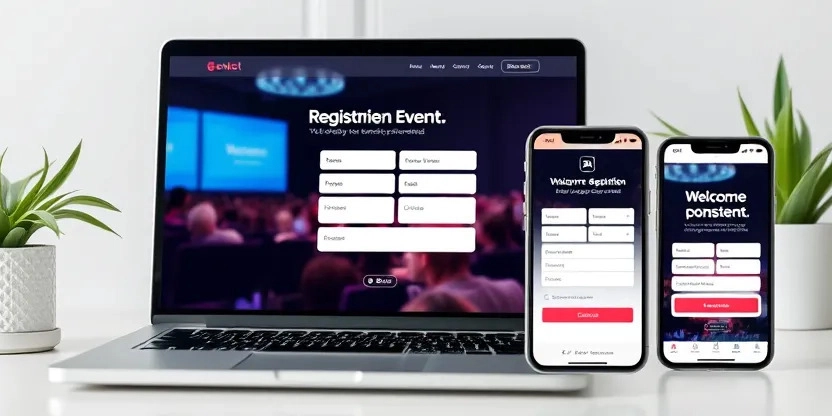
First impressions matter—especially when hosting an event. The moment someone lands on your registration page, they're already forming an opinion about your brand. Is it polished? Professional? Trustworthy? This is where custom branding in event registration platforms becomes more than just a nice-to-have—it becomes essential.
Custom branding not only enhances the visual appeal of your registration process but also strengthens brand recognition, builds trust with attendees, and creates a cohesive experience from start to finish. In this article, we’ll explore the importance of custom branding in event registration platforms and how to leverage it effectively to make a lasting impression from the very first click.
1. Why Custom Branding Matters
Every detail in your event registration process communicates something about your organization. A generic, unbranded registration page feels disconnected from your event and brand. On the other hand, a well-branded experience signals professionalism, attention to detail, and a commitment to quality.
Benefits of custom branding in event registration:
- Brand Consistency: Keep your logo, colors, and typography aligned with your broader marketing materials.
- Trust and Credibility: A professional look reduces drop-off rates and makes attendees more comfortable sharing personal information.
- Recognition: Custom branding reinforces your identity and helps attendees remember your organization or event series.
2. Elements of Effective Custom Branding
To deliver a seamless branded experience, consider incorporating these core elements into your registration platform:
a. Logo and Visual Identity
Your logo should appear prominently at the top of the registration page, on confirmation emails, and on attendee badges (if applicable). This reinforces brand recognition and adds professionalism to every interaction.
b. Color Scheme
Using your brand’s color palette ensures visual continuity. Most registration platforms allow you to customize background colors, button hues, form fields, and text colors to match your branding guidelines.
c. Typography
Consistent font choices throughout your registration page help maintain your brand's voice. Whether your brand tone is modern and minimal or bold and playful, typography plays a big role in communicating that.
d. Branded URLs
A registration URL that includes your organization’s name or domain boosts trust and aligns with marketing materials. Some platforms allow you to use a custom domain or subdomain (e.g., register.yourevent.com).
e. Branded Confirmation Pages and Emails
After an attendee registers, they should land on a thank-you page that reflects your brand—not a generic message from the platform. The same goes for confirmation emails, which should include your logo, colors, and a consistent tone of voice.
3. Aligning Branding with the Attendee Journey
Branding doesn’t stop at the registration page. A well-branded experience flows through the entire attendee journey:
- Pre-Event: Promotional emails, social media links, and landing pages should reflect the same visual identity as your registration form.
- During Registration: Maintain consistency with logos, design, and tone of voice.
- Post-Registration: Branded confirmations, calendar invites, and follow-up communications should all reinforce the event’s identity.
This end-to-end consistency improves the attendee experience and increases engagement by making your event feel like a well-curated, cohesive experience.
4. Choosing a Platform That Supports Custom Branding
Not all event registration platforms offer the same level of branding flexibility. When evaluating options, look for platforms that allow you to:
- Upload your own logo and background images
- Customize button styles, fonts, and colors
- Create custom confirmation emails and landing pages
- Use custom domains or subdomains
- Remove third-party branding (like the software provider’s logo)
Some platforms offer advanced branding features only on premium plans, so it’s worth considering your budget and needs when selecting a provider.
5. Going Beyond Visual Branding
Visual elements are just one piece of the puzzle. True branding also includes tone, messaging, and experience design. Consider these strategies:
- Language and Tone: Use messaging that reflects your brand’s personality throughout the registration process.
- Personalization: Use dynamic fields to personalize messages with the attendee’s name or company.
- Content Integration: Embed welcome videos, sponsor logos, or speaker highlights directly into the registration flow to enrich the branded experience.
6. Common Mistakes to Avoid
While custom branding can elevate your event, poor implementation can have the opposite effect. Avoid these common mistakes:
- Cluttered Design: Don’t overload your registration page with too many colors or graphics. Clean, focused layouts perform better.
- Inconsistent Branding: Ensure all elements—emails, pages, buttons—match your core branding.
- Neglecting Mobile Design: Make sure your branding is responsive and looks good on smartphones and tablets.
7. Measuring the Impact of Branding
Once your branded registration is live, track its performance. Key metrics to consider include:
- Conversion Rates: How many visitors complete registration?
- Drop-Off Rates: At what point do people leave the process?
- Email Engagement: Do your branded emails have higher open and click-through rates?
Collect feedback from attendees post-event to gauge how the registration experience influenced their perception of your brand.
Conclusion
Custom branding in event registration platforms isn’t just a design choice—it’s a strategic decision that shapes how attendees perceive your event from the very first interaction. A thoughtfully branded registration experience can enhance trust, increase conversions, and set the tone for a successful event.
By aligning visuals, messaging, and user experience with your brand identity, you’ll make a powerful first impression that resonates long after the event is over. When attendees feel that every part of the process is tailored and professional, they’re more likely to engage, attend, and remember your event.


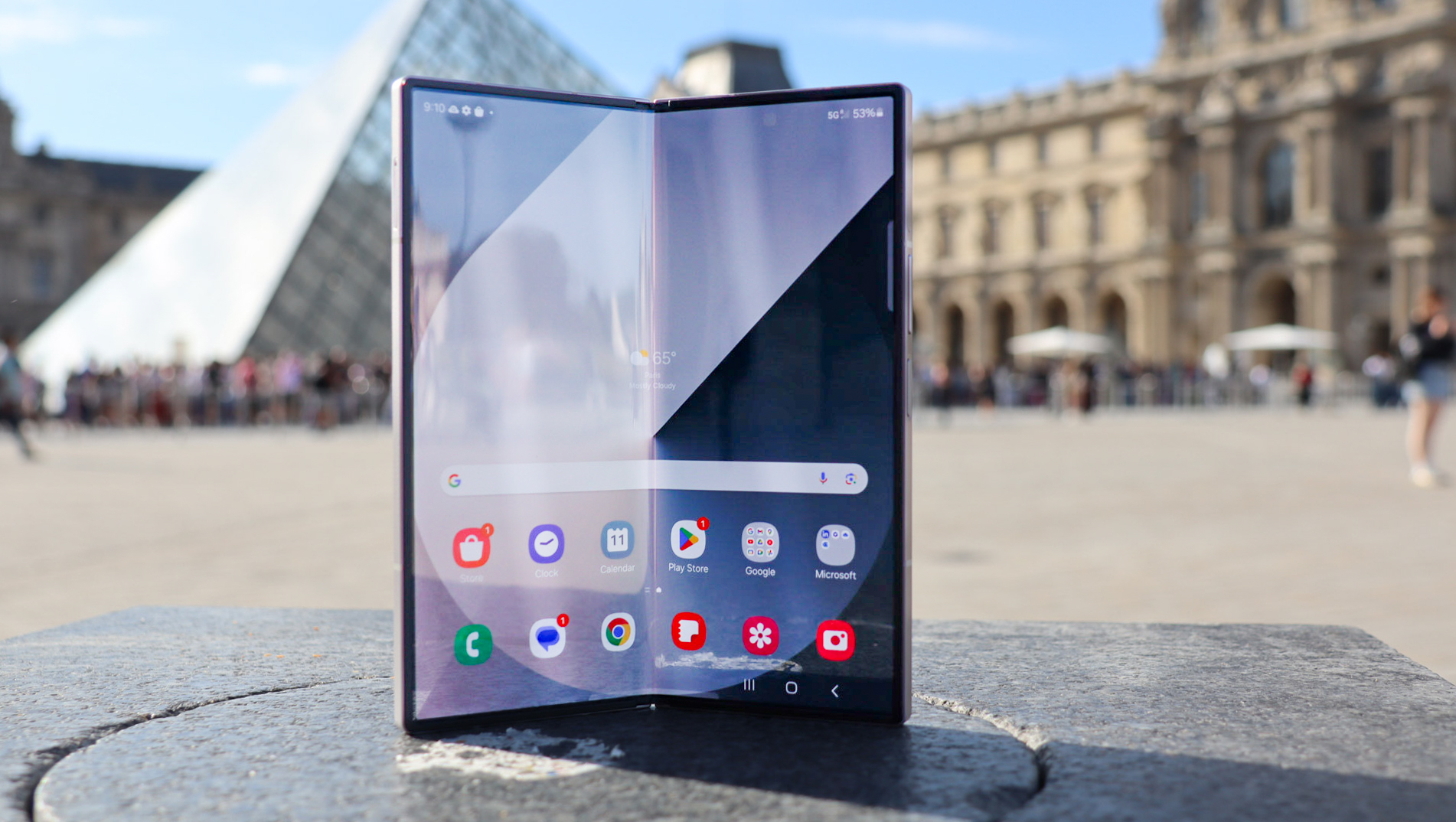




































































































































































![[The AI Show Episode 145]: OpenAI Releases o3 and o4-mini, AI Is Causing “Quiet Layoffs,” Executive Order on Youth AI Education & GPT-4o’s Controversial Update](https://www.marketingaiinstitute.com/hubfs/ep%20145%20cover.png)












































































































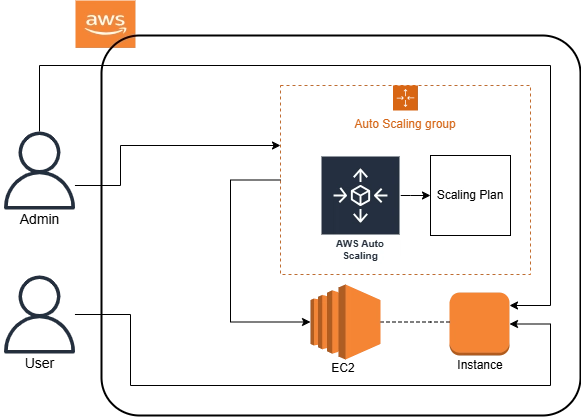

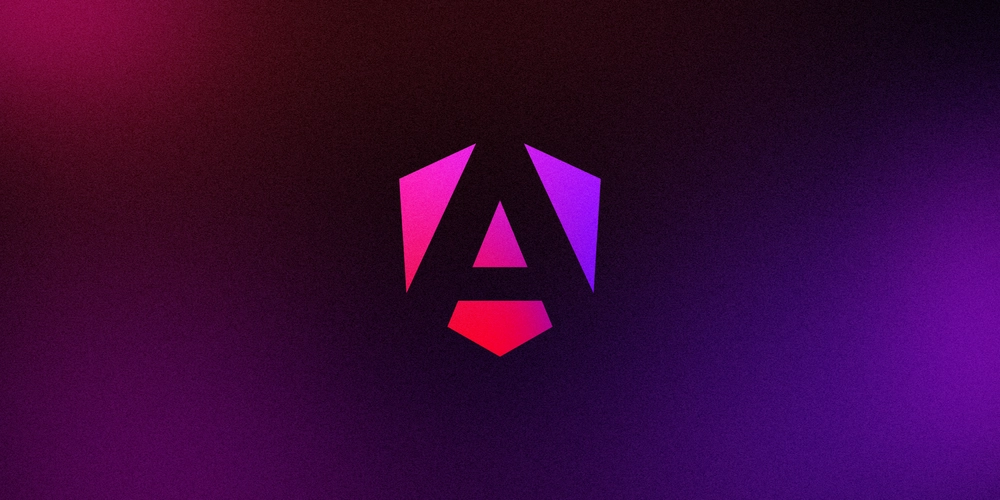
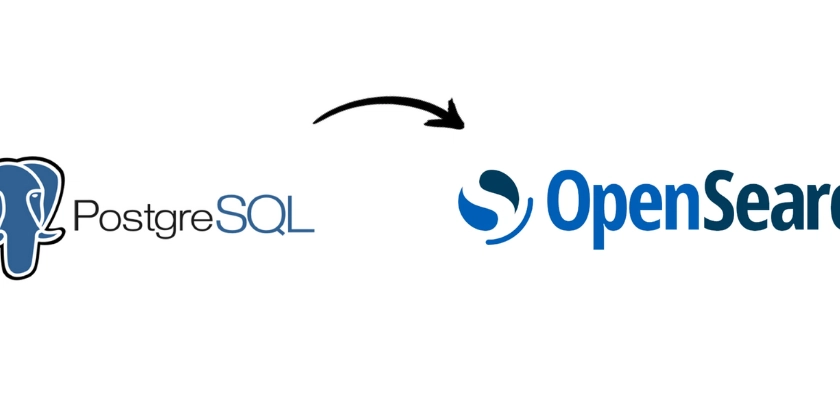
































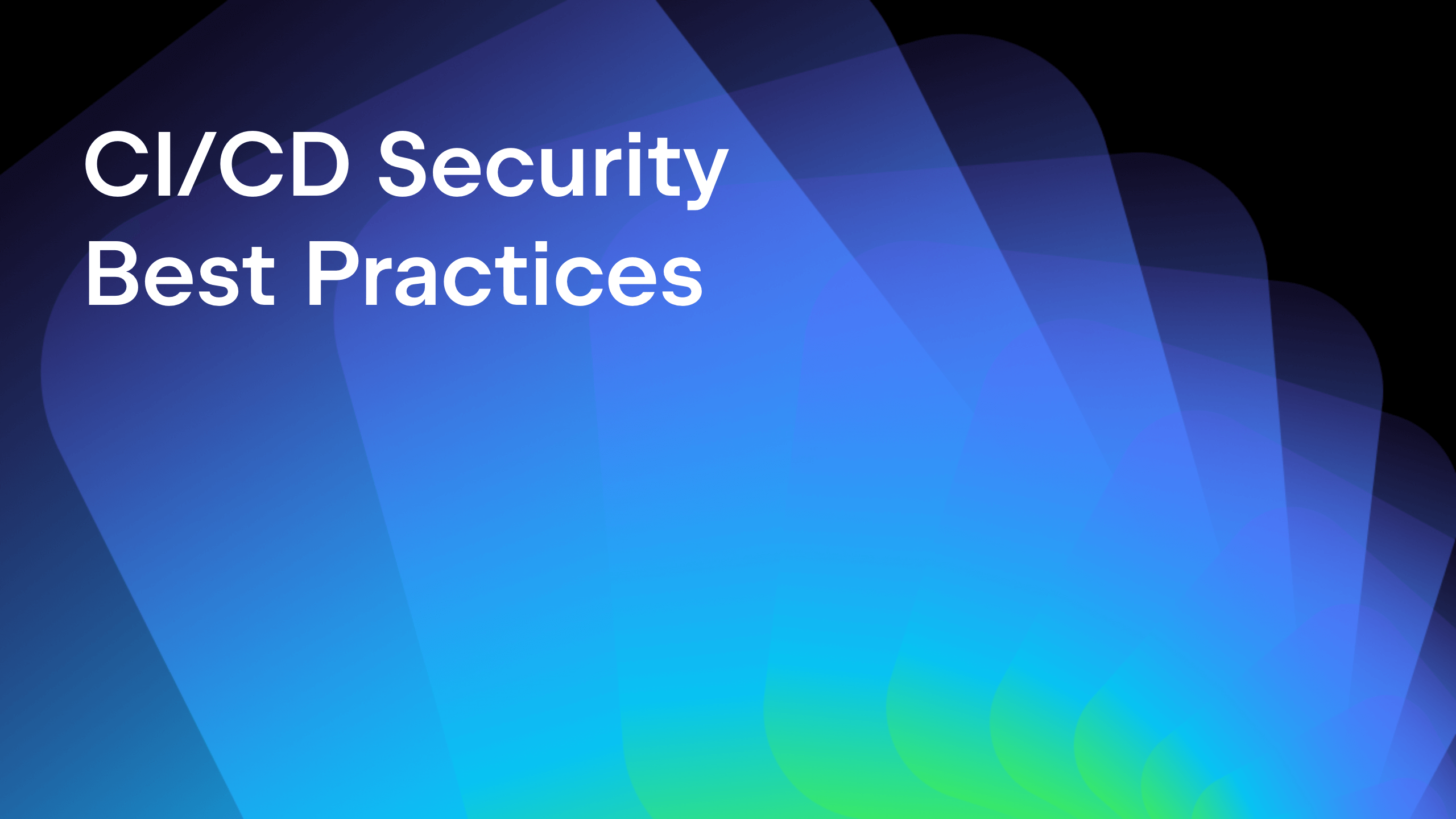











































































































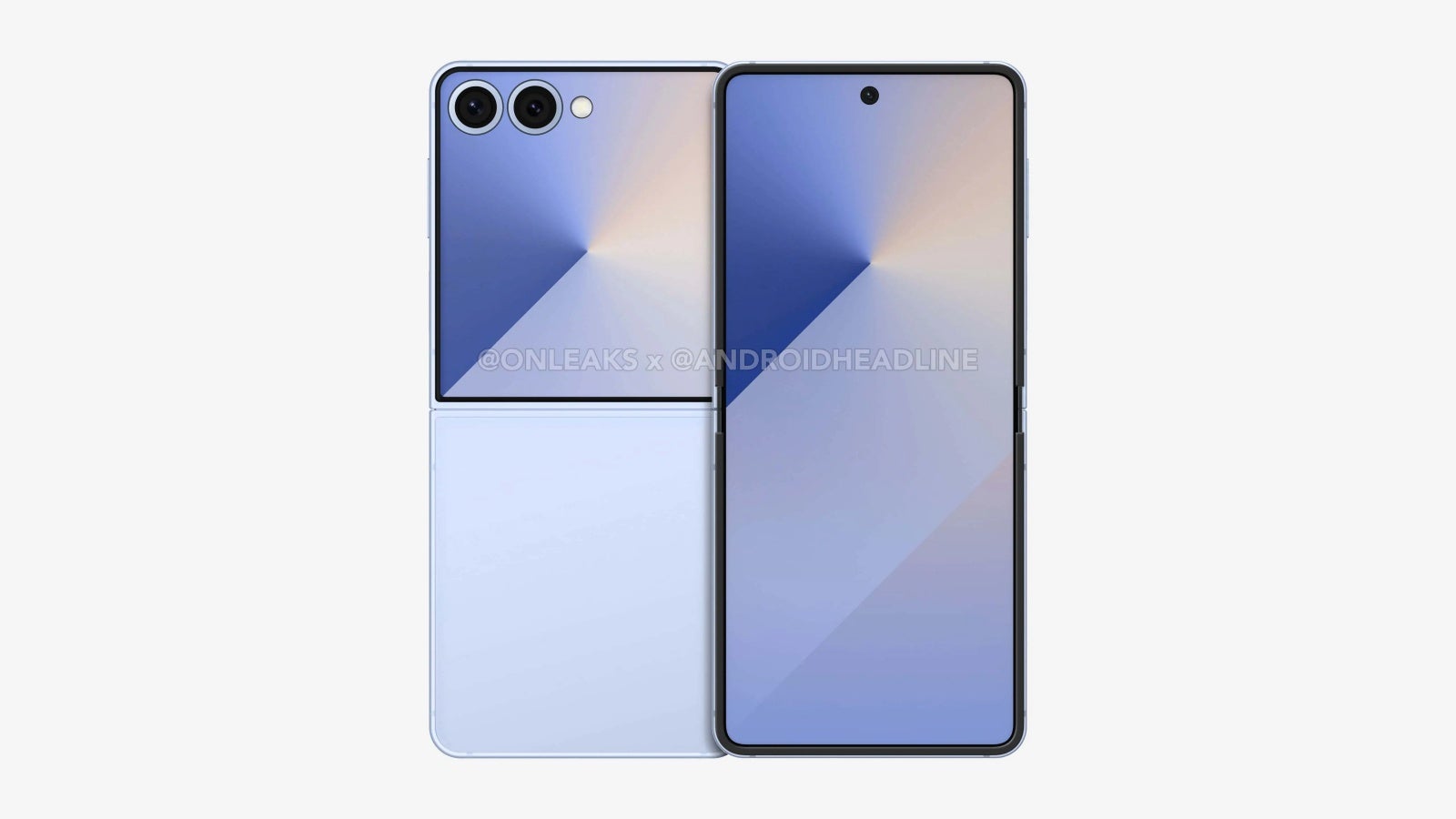











_Tanapong_Sungkaew_via_Alamy.jpg?width=1280&auto=webp&quality=80&disable=upscale#)
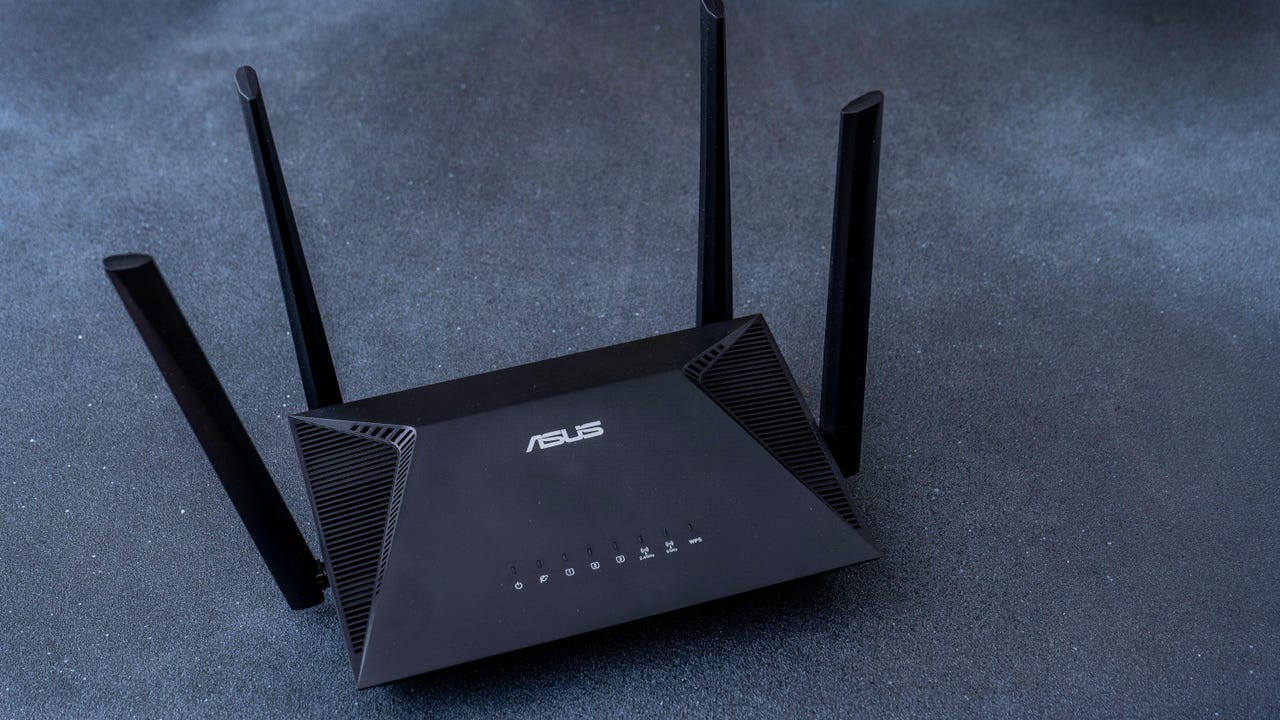






















































































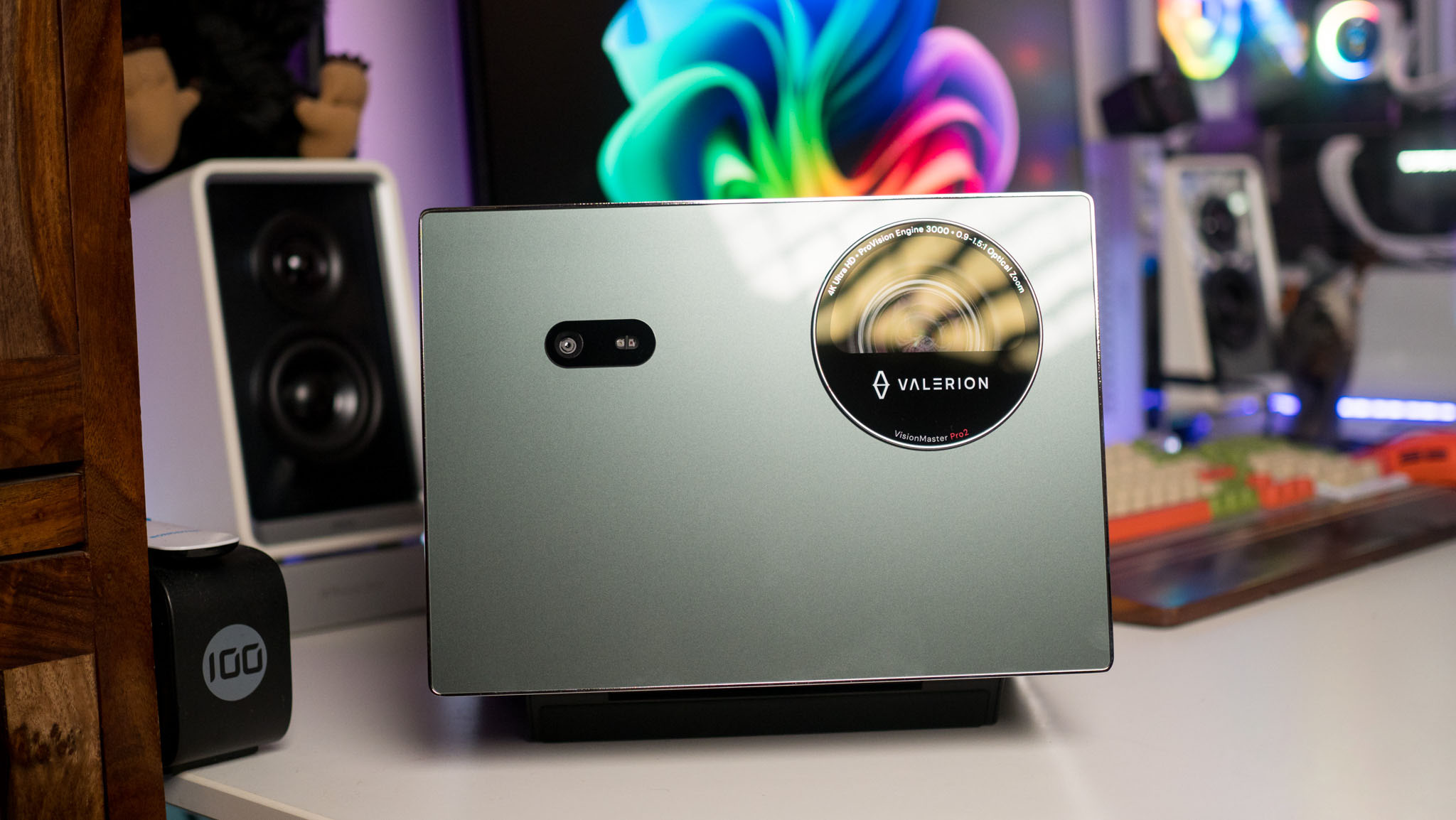
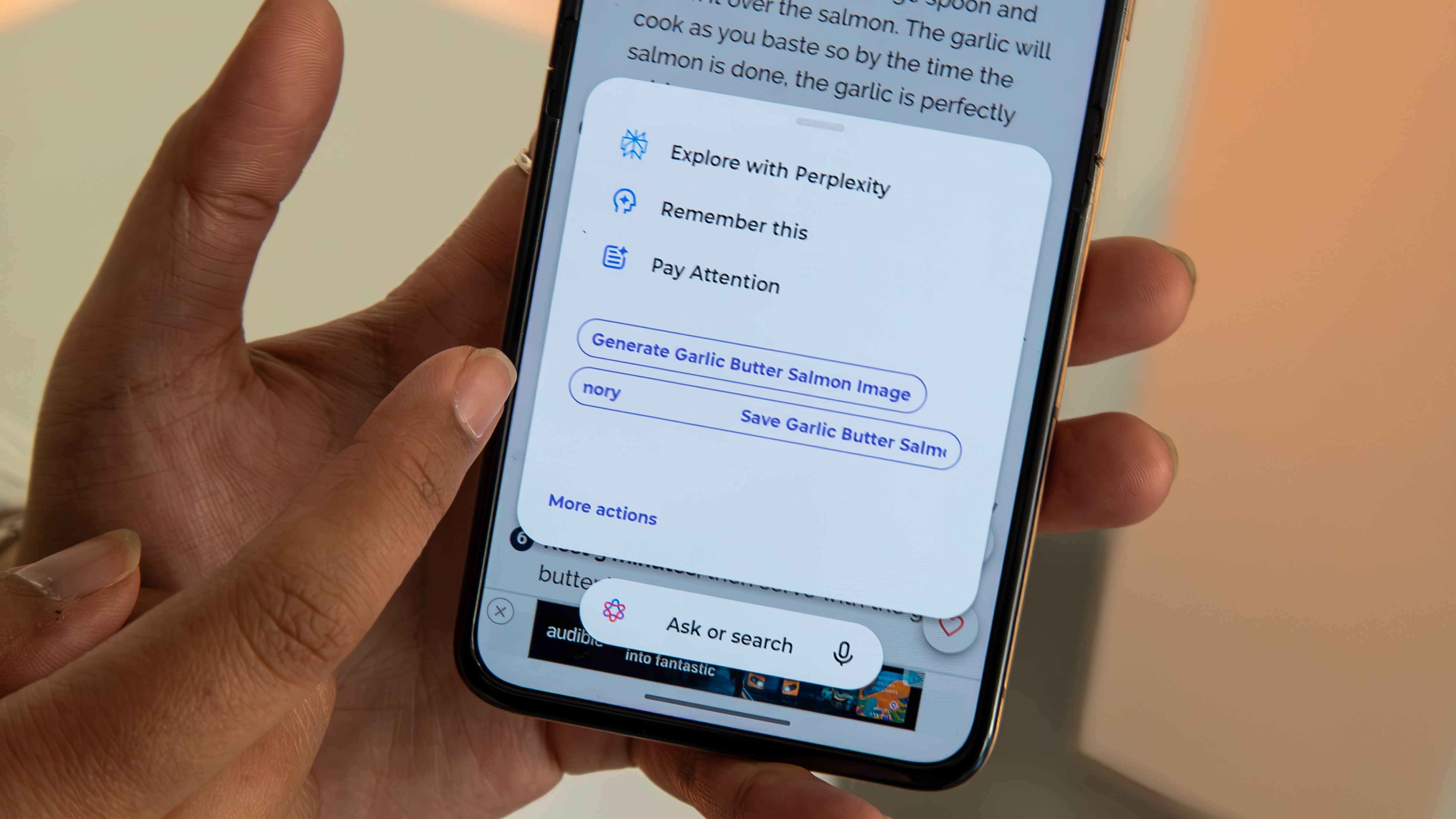
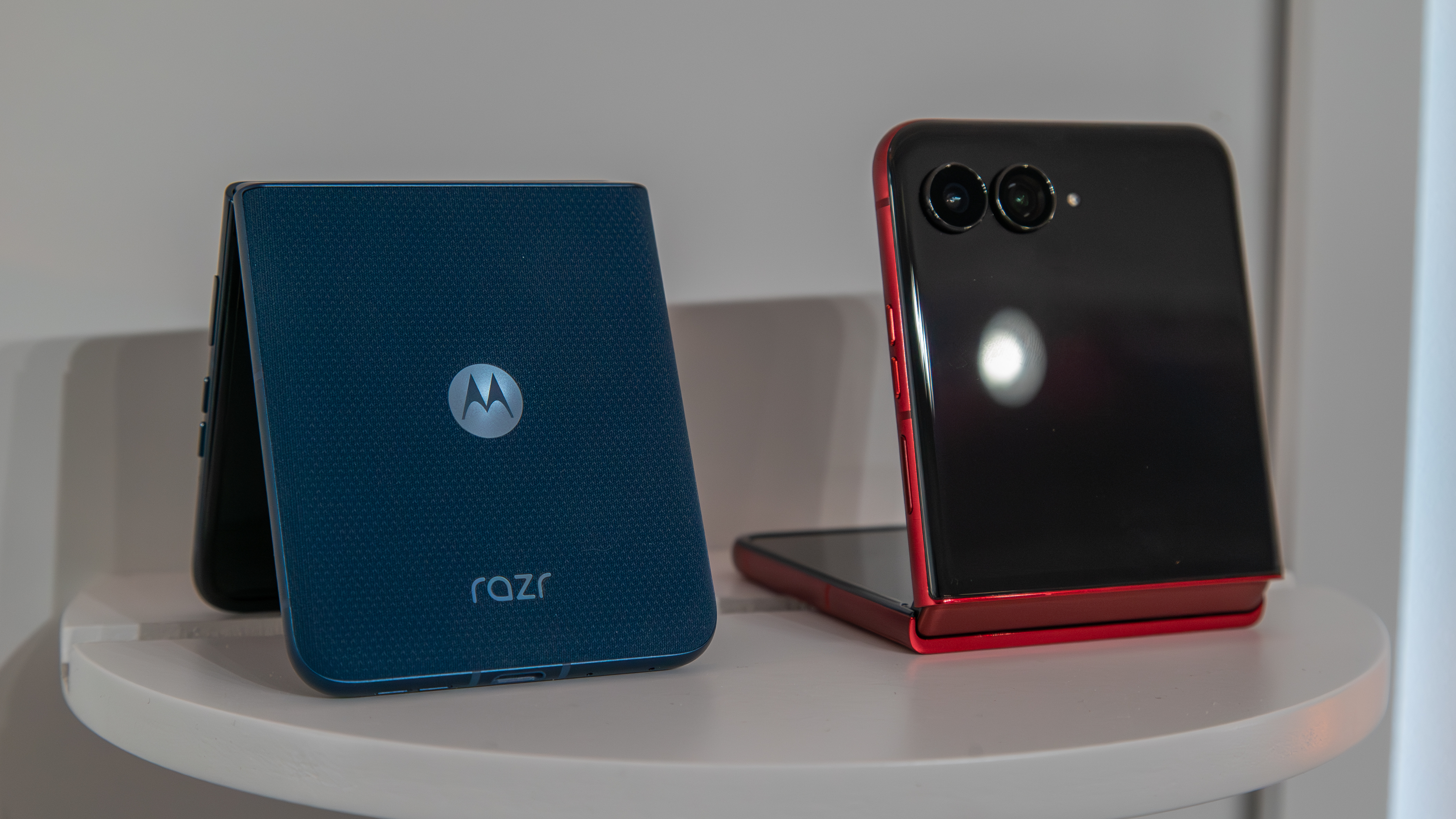
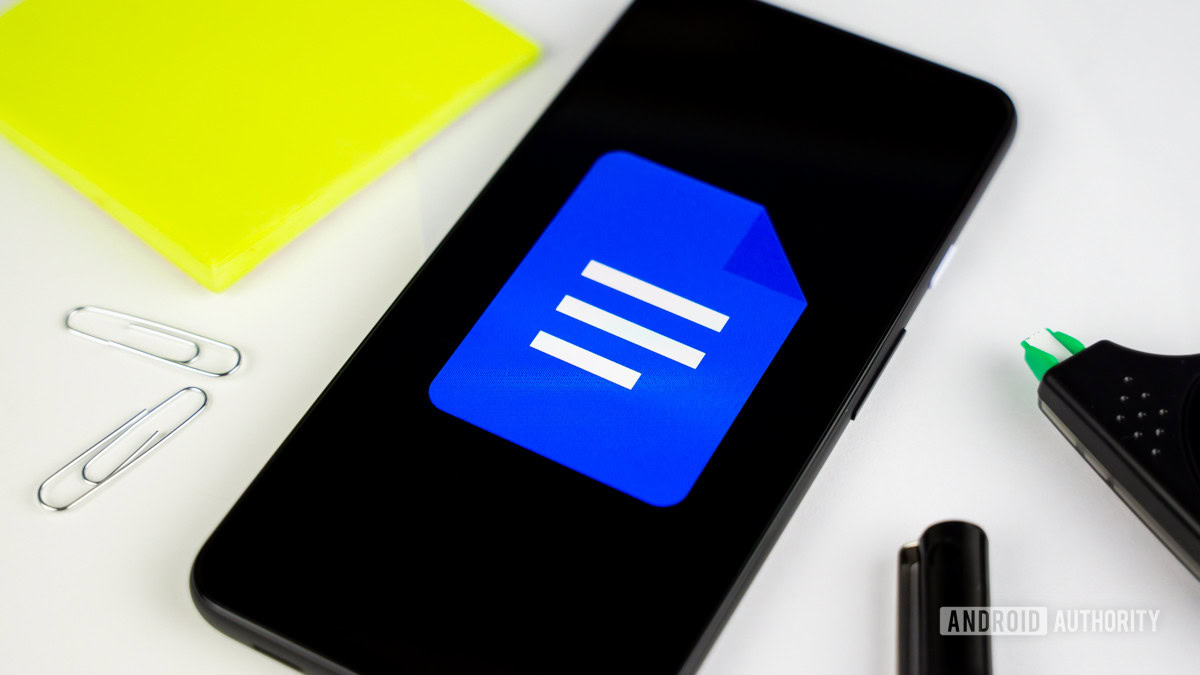
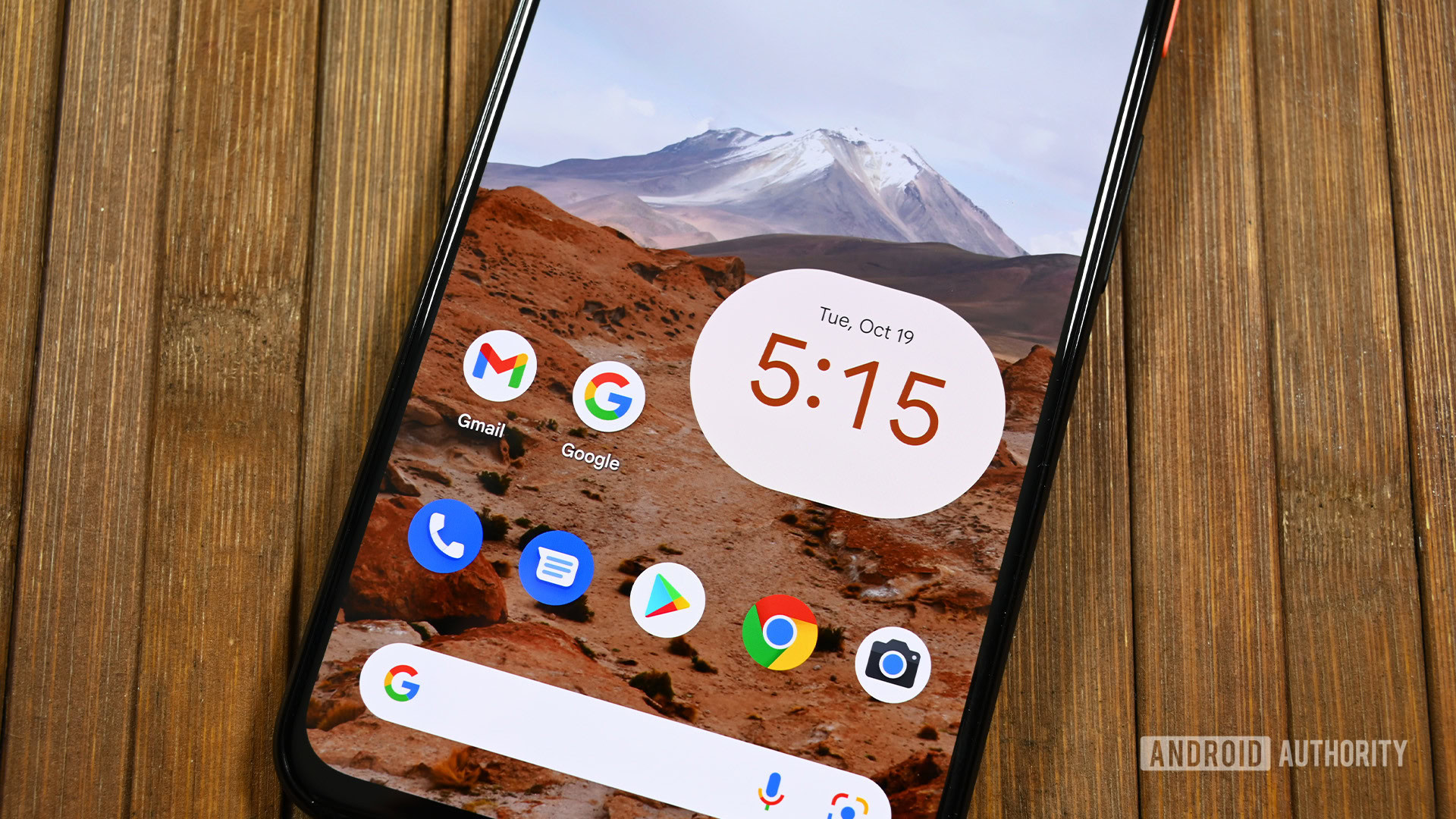
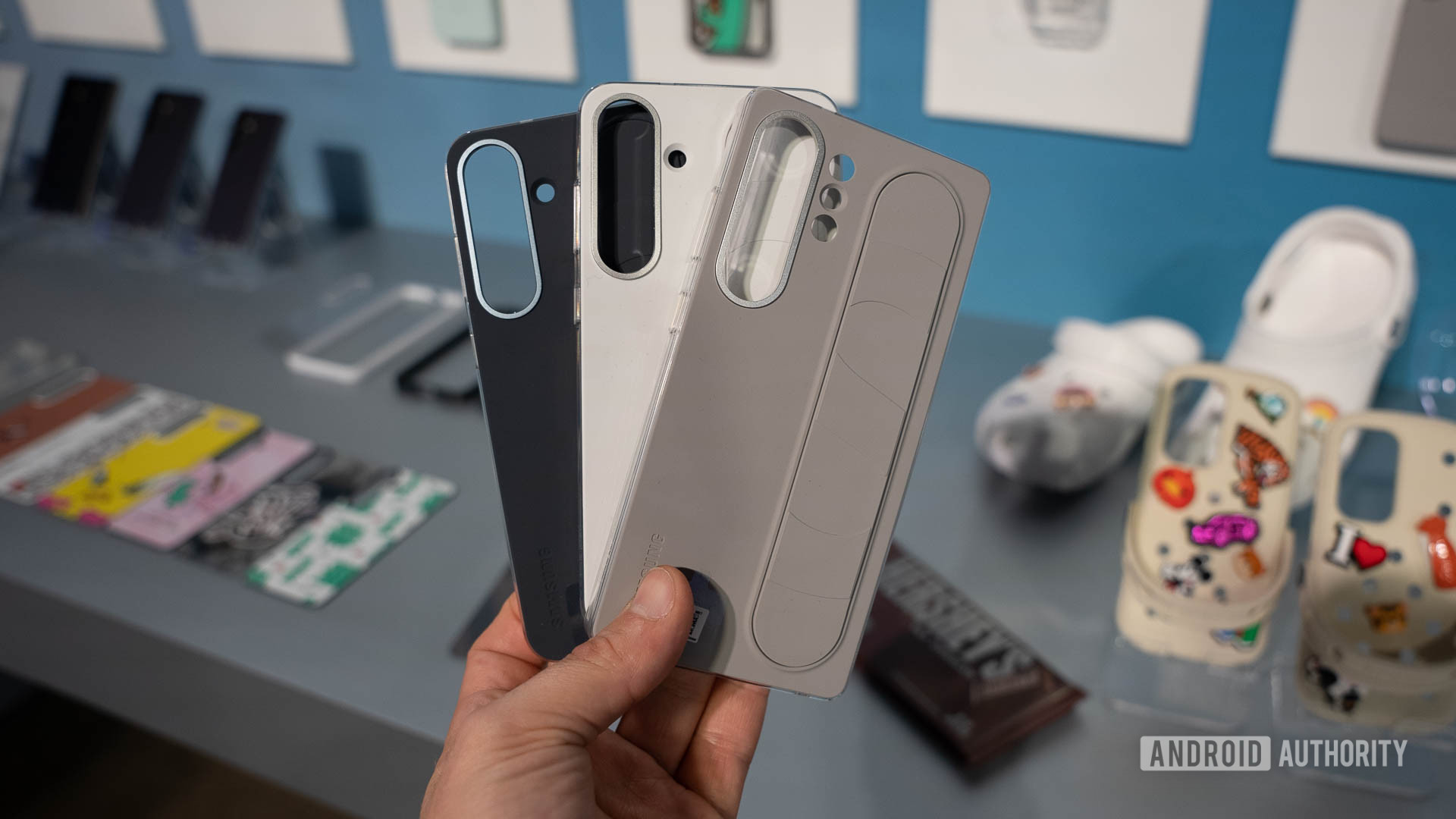















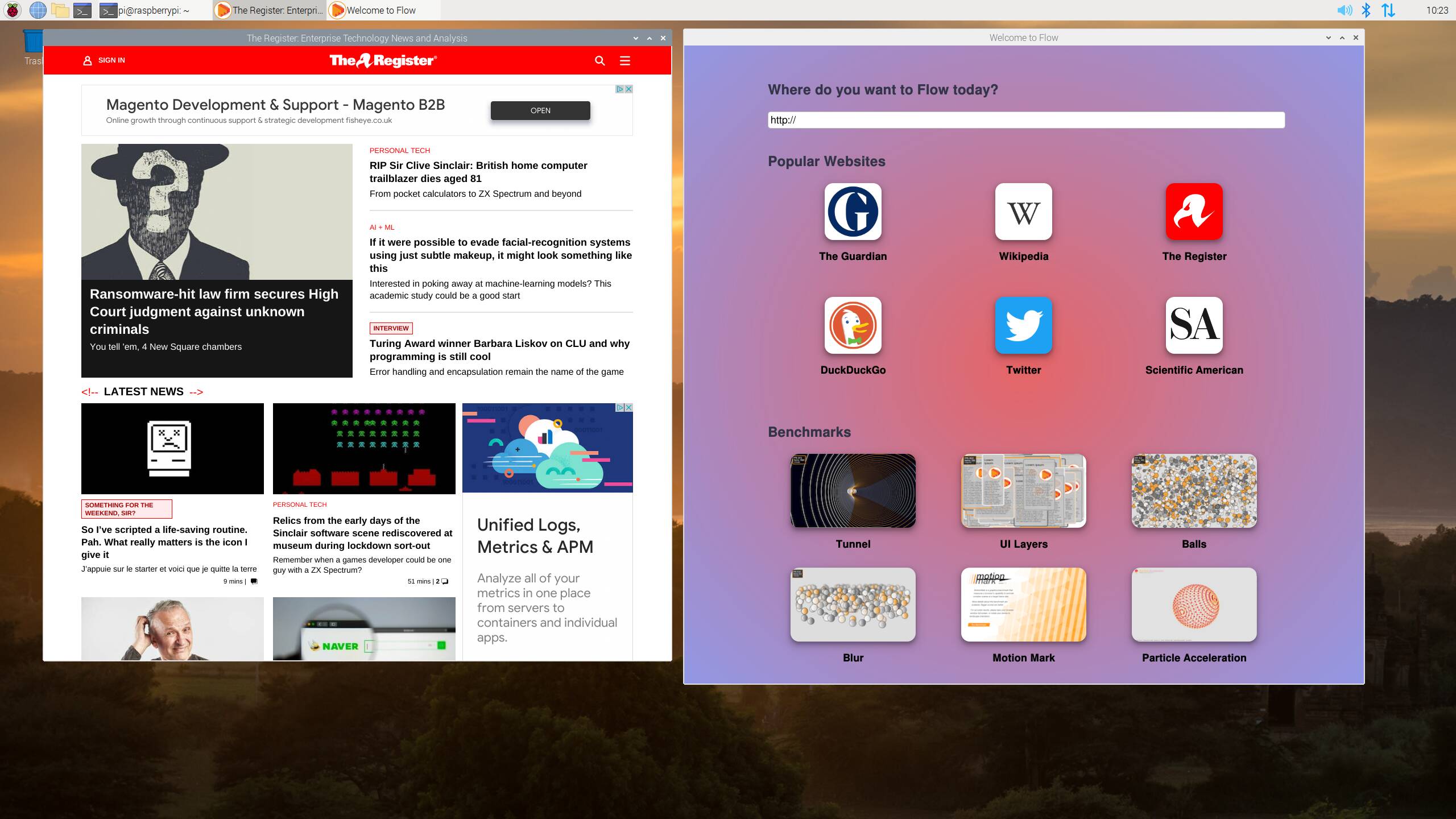



![Apple Restructures Global Affairs and Apple Music Teams [Report]](https://www.iclarified.com/images/news/97162/97162/97162-640.jpg)
![New iPhone Factory Goes Live in India, Another Just Days Away [Report]](https://www.iclarified.com/images/news/97165/97165/97165-640.jpg)














